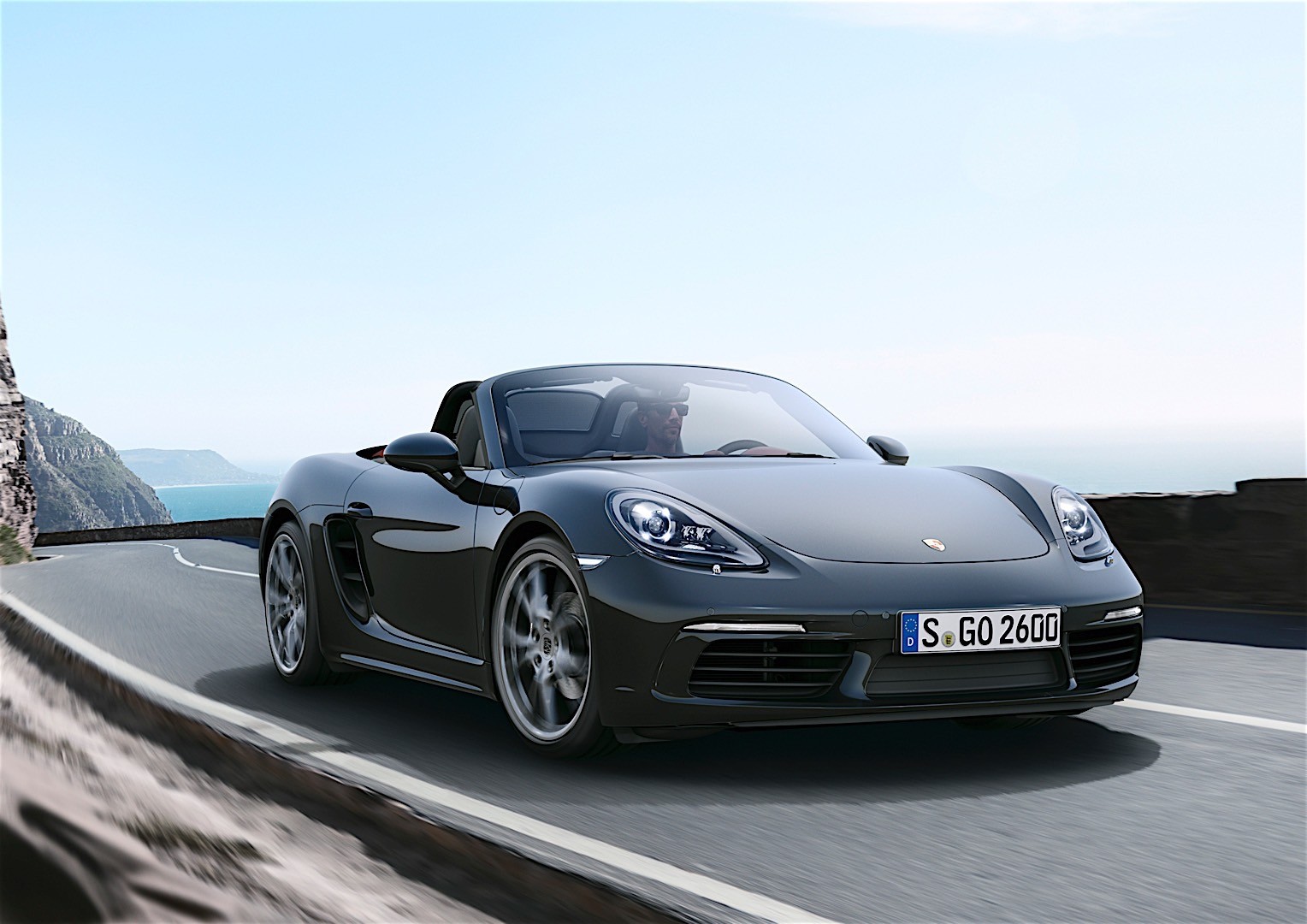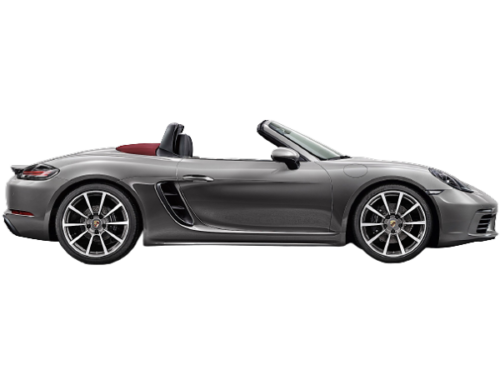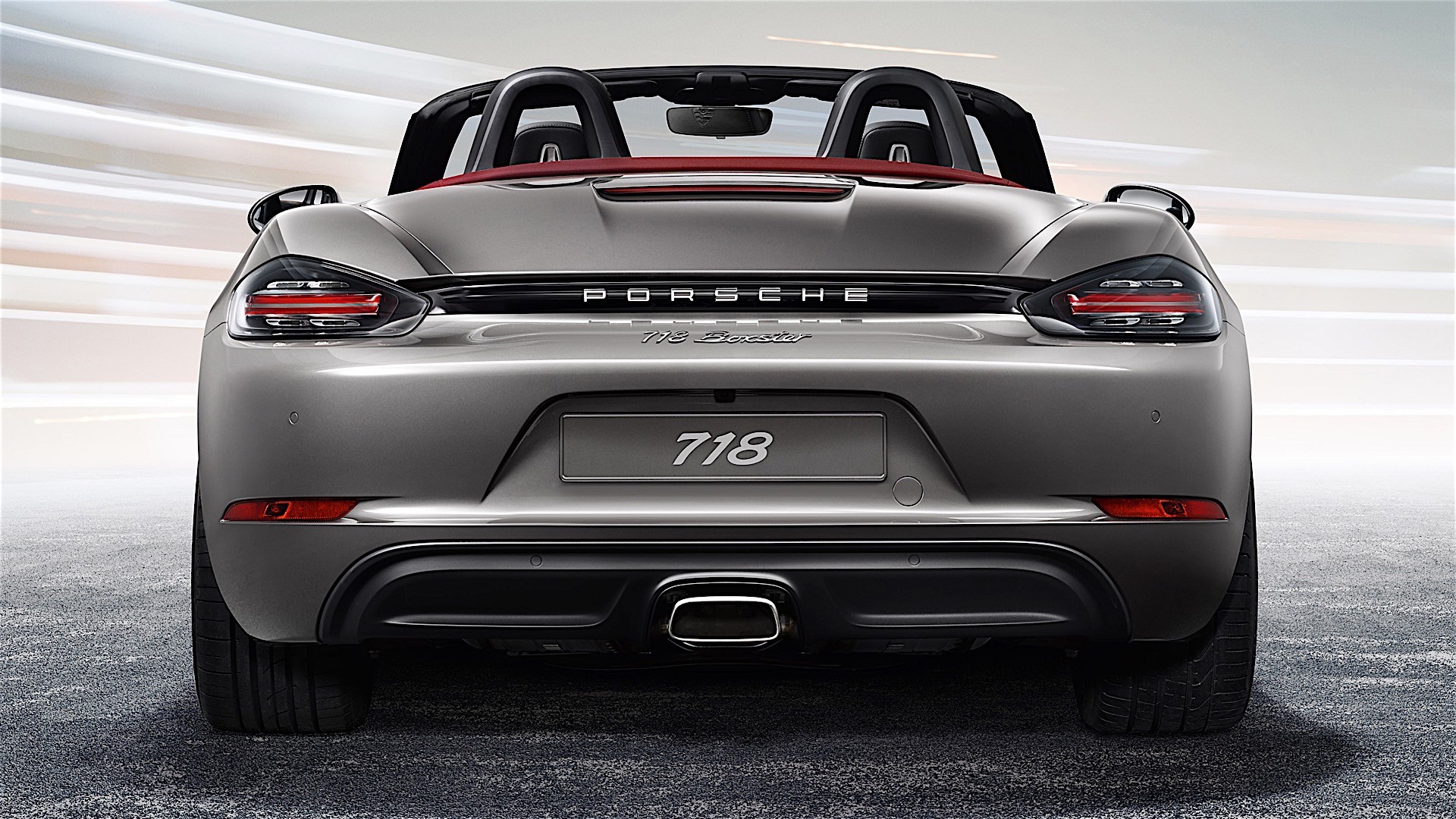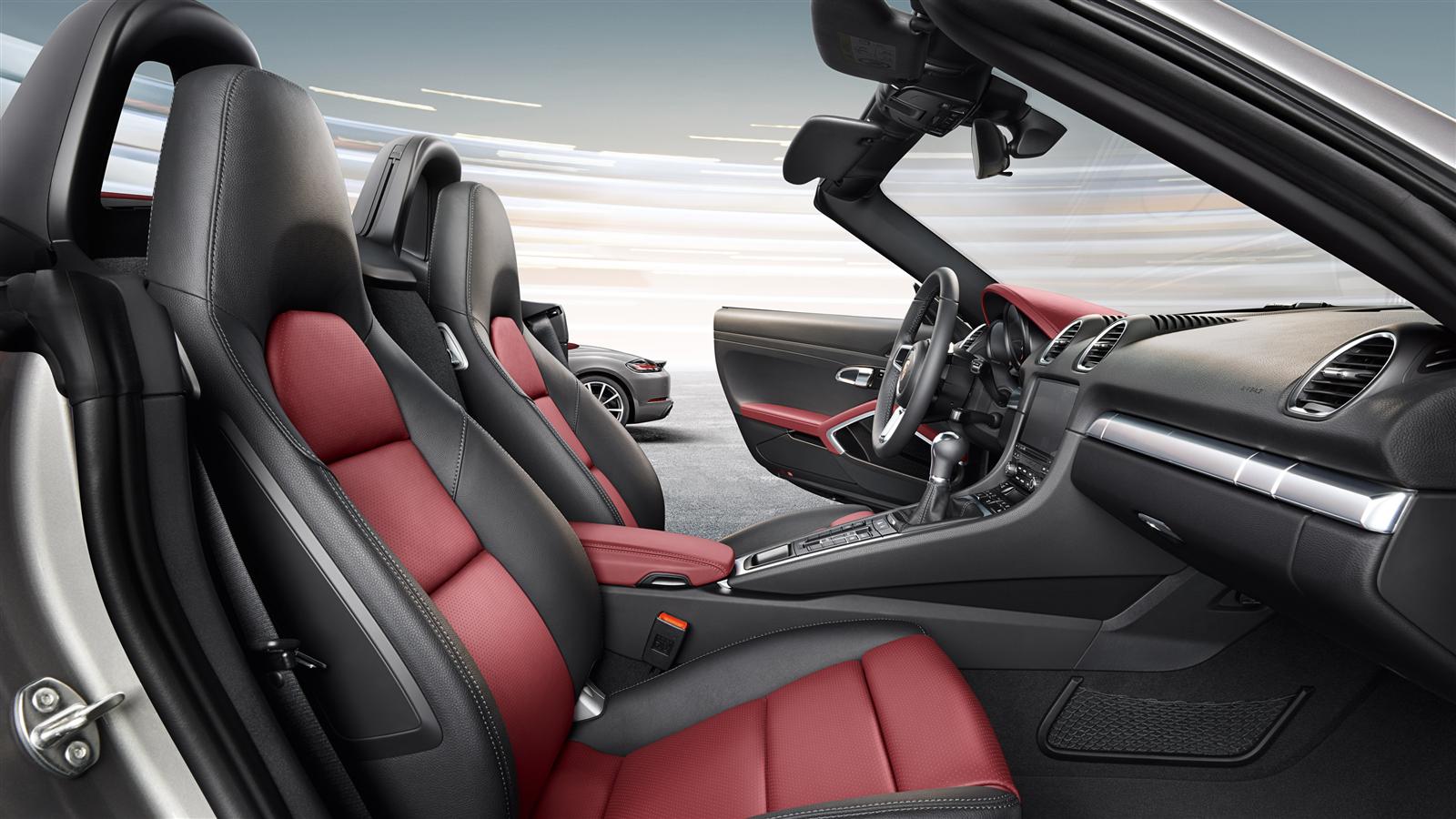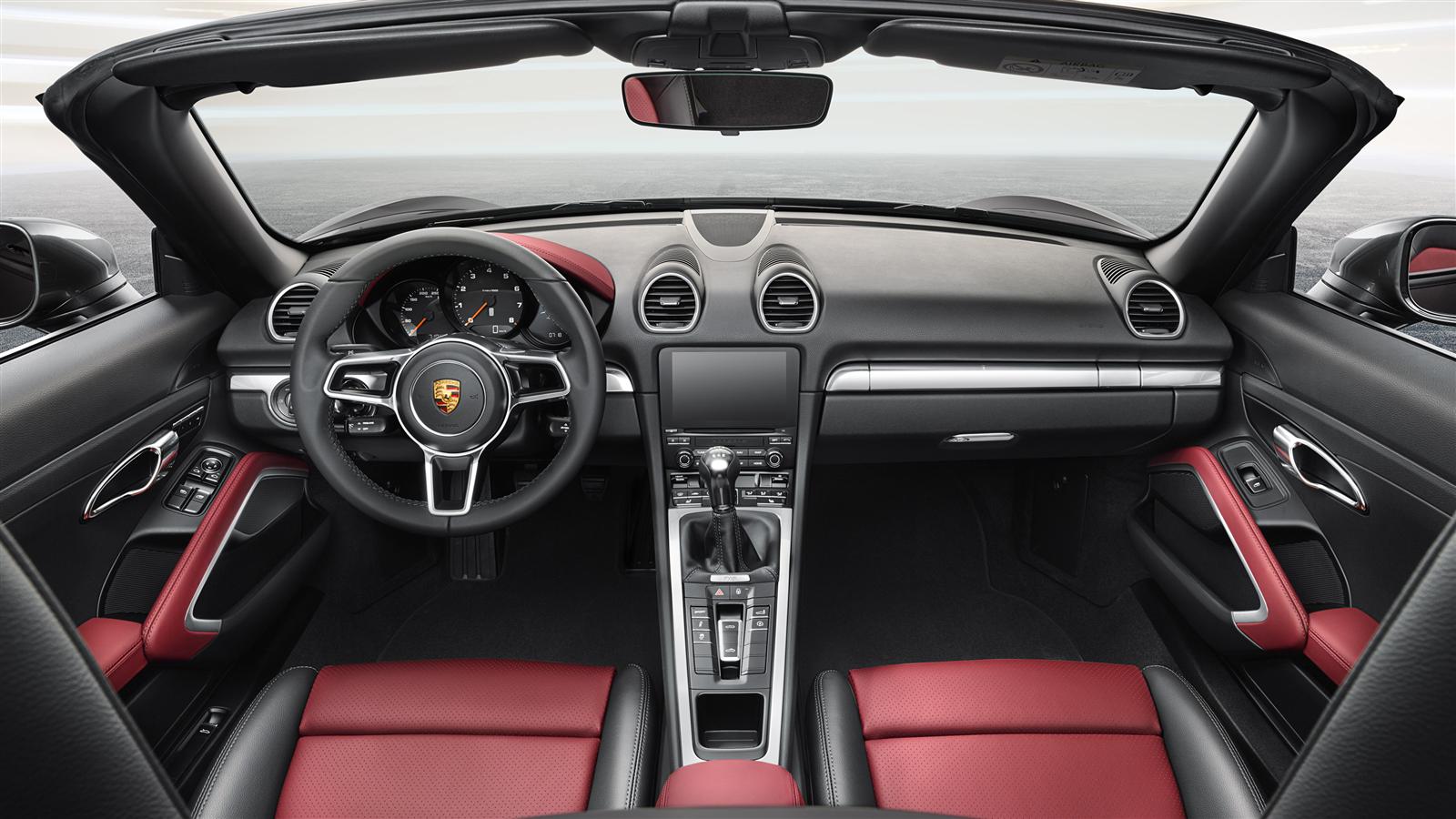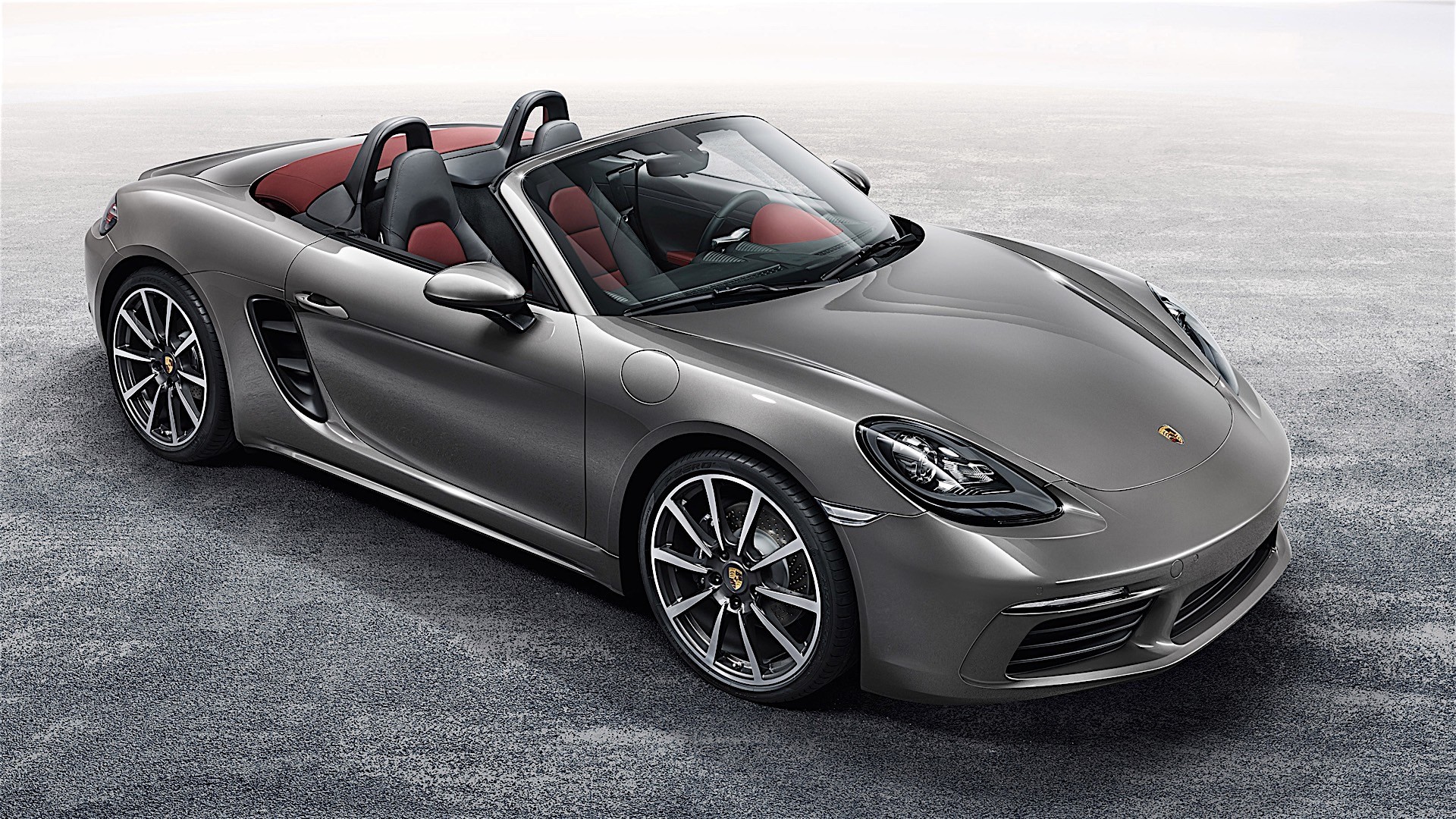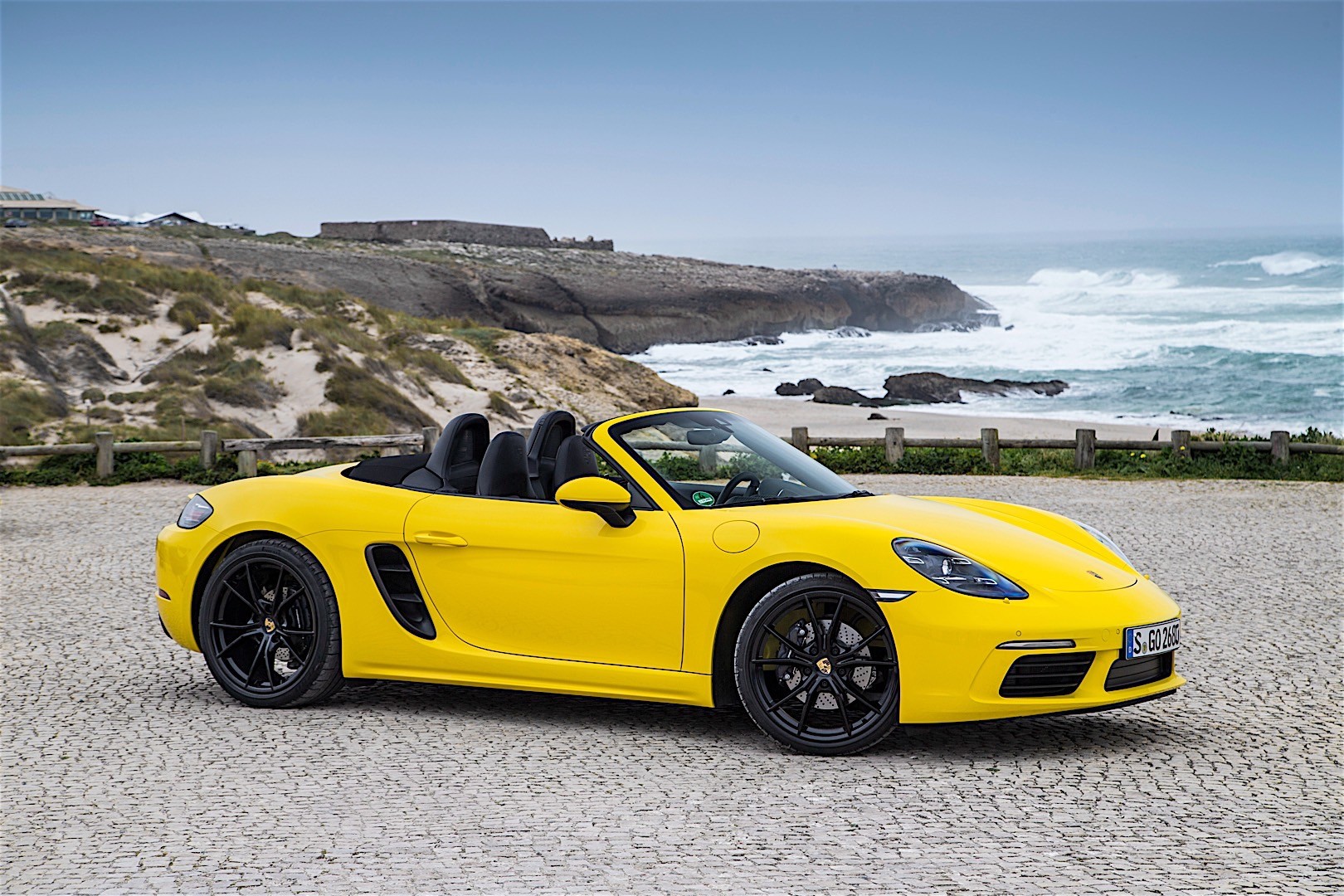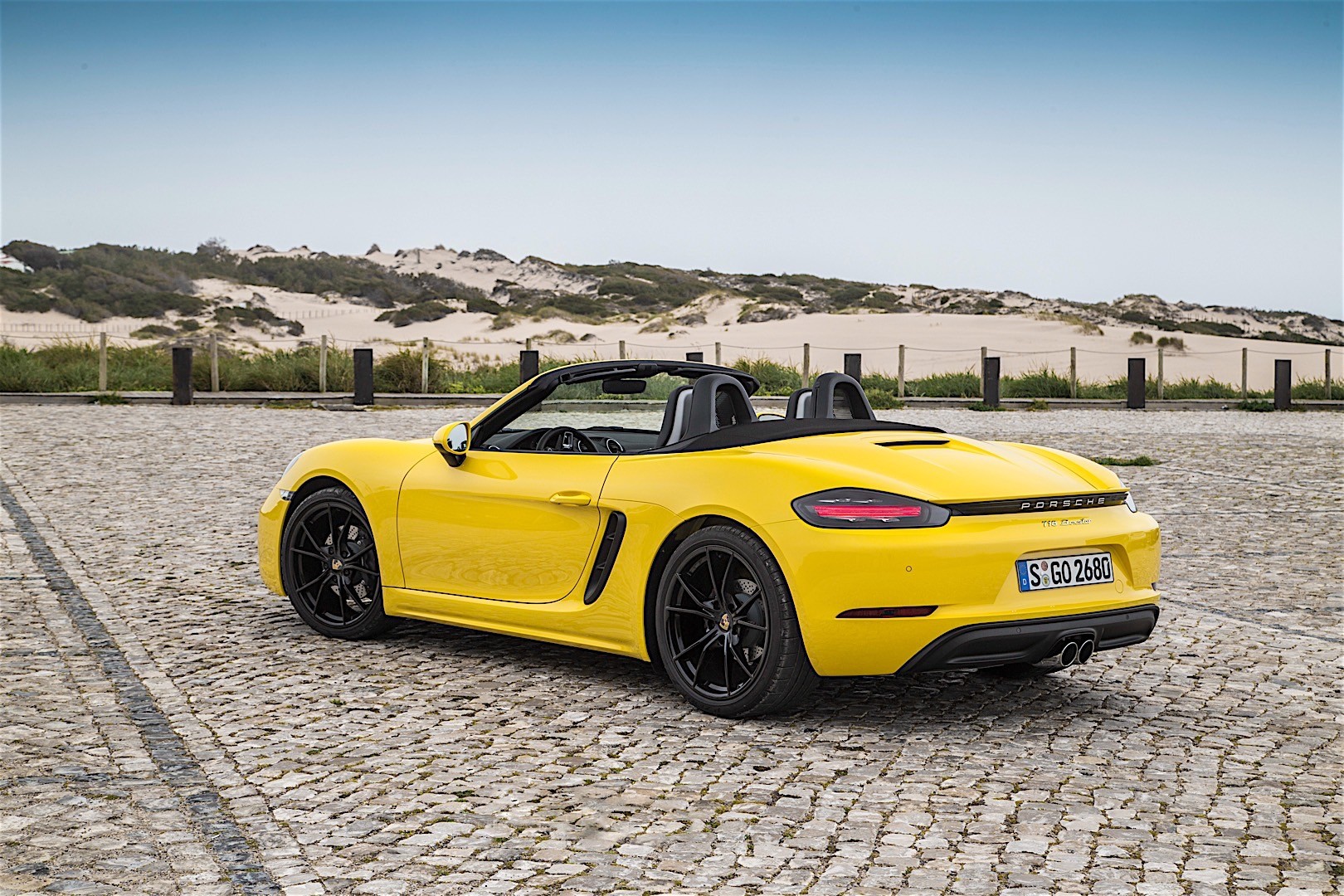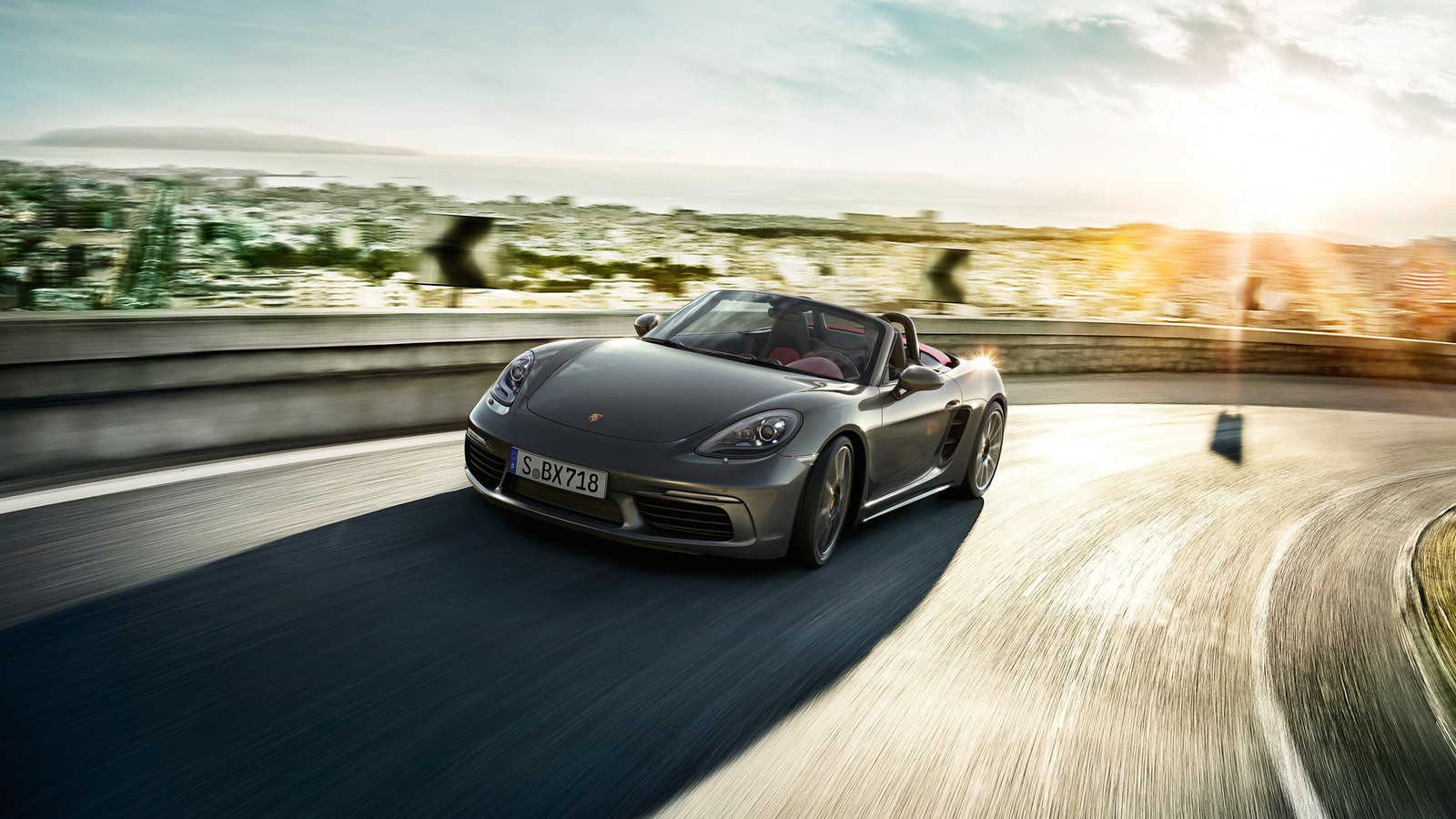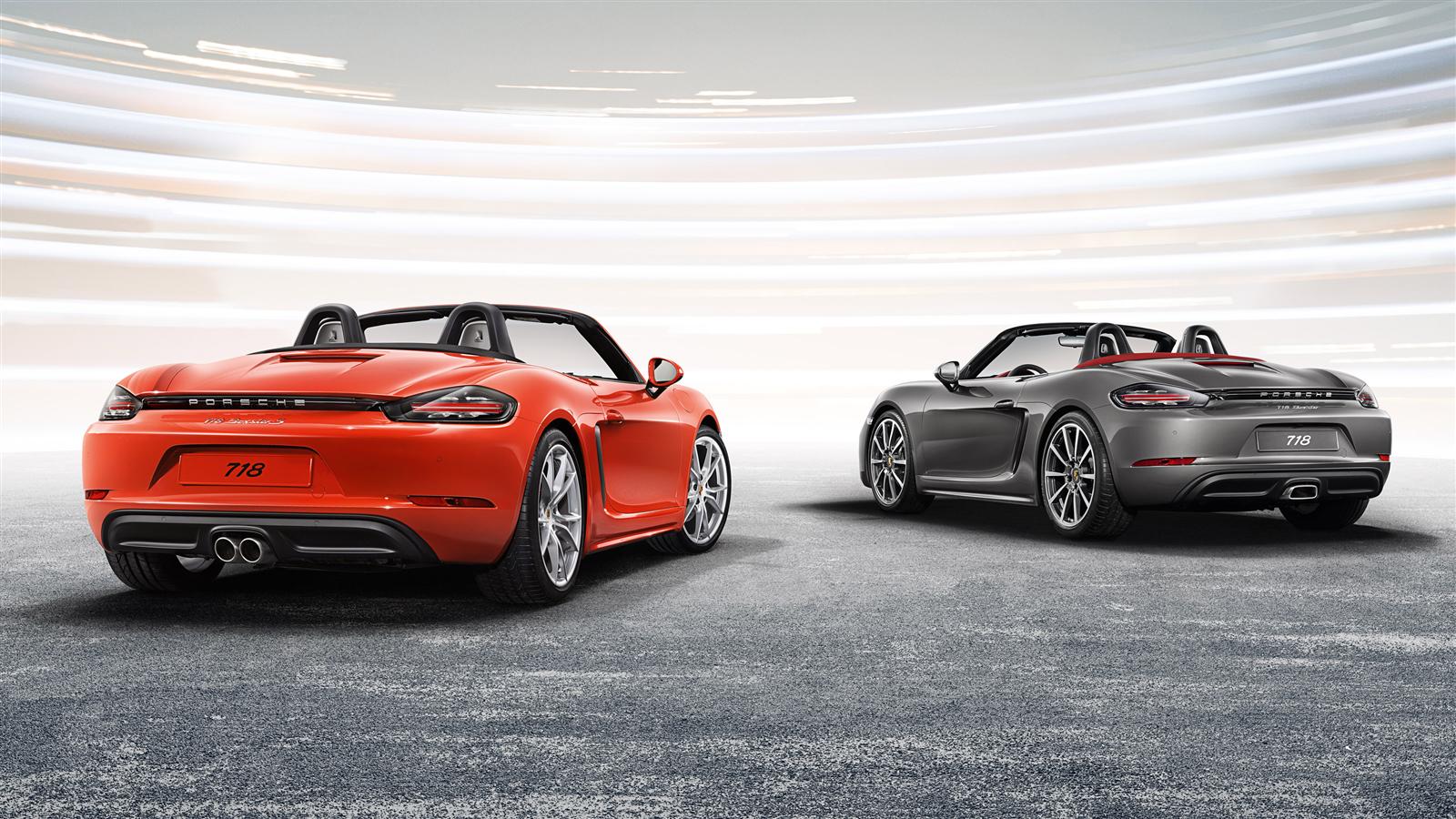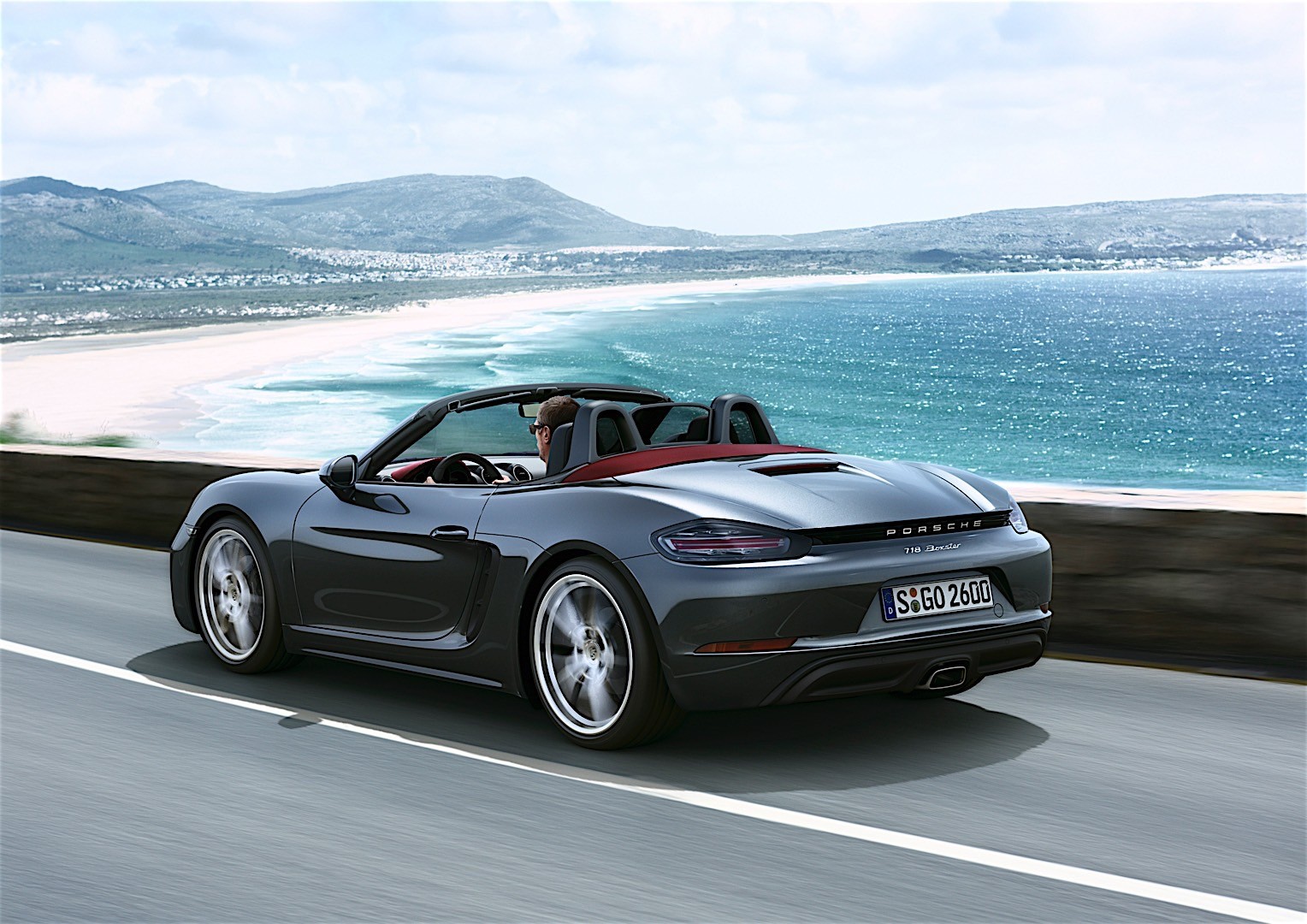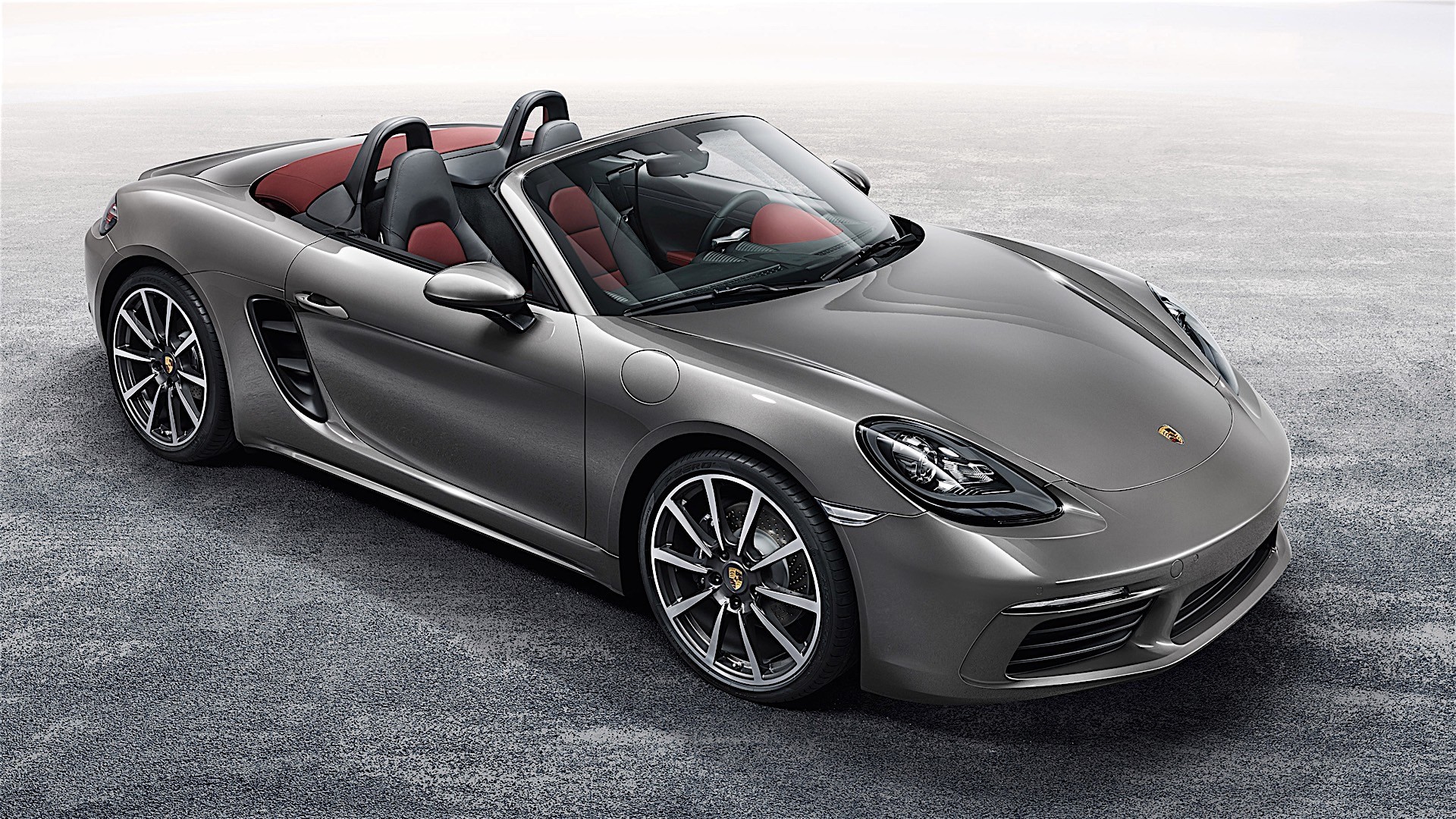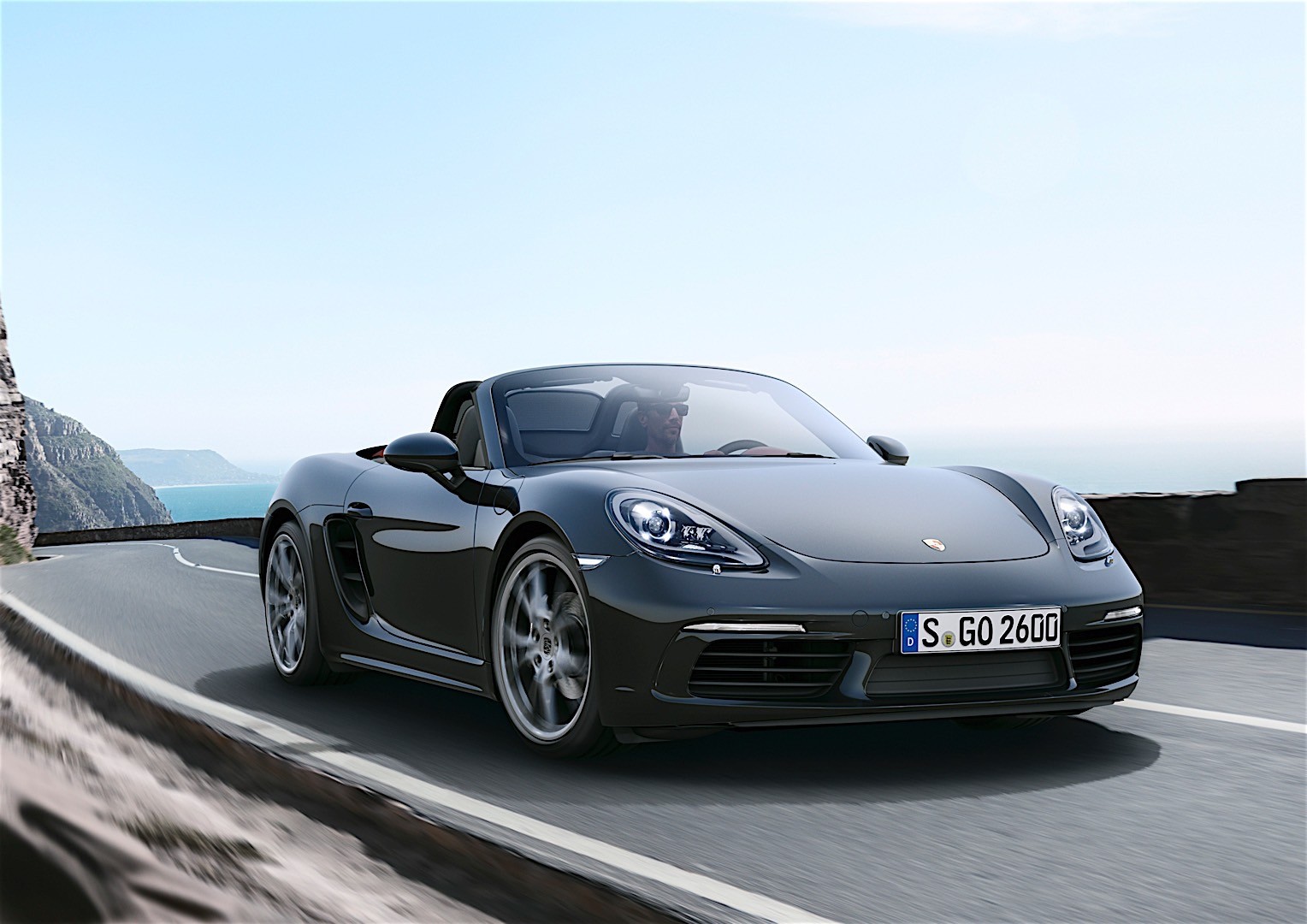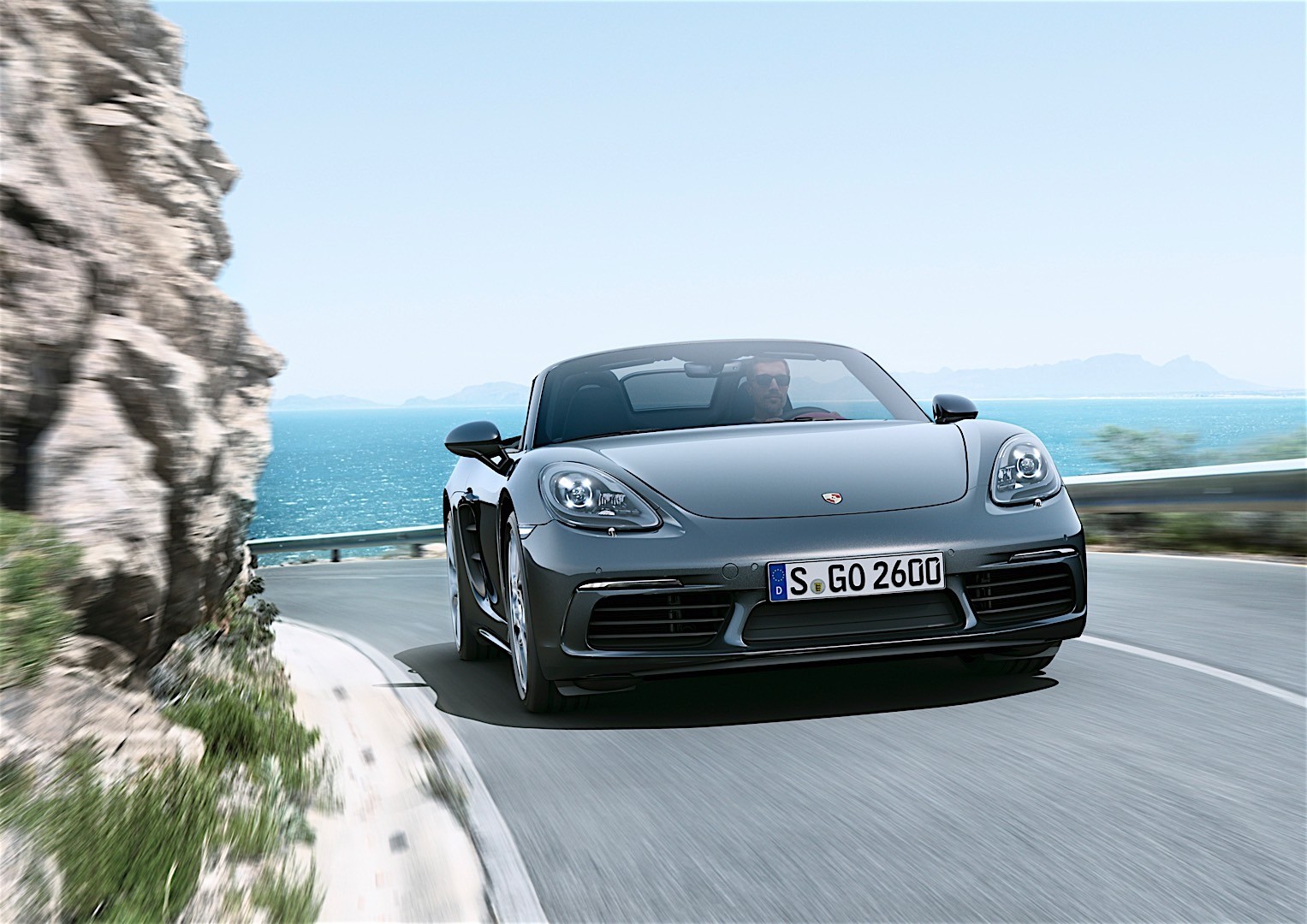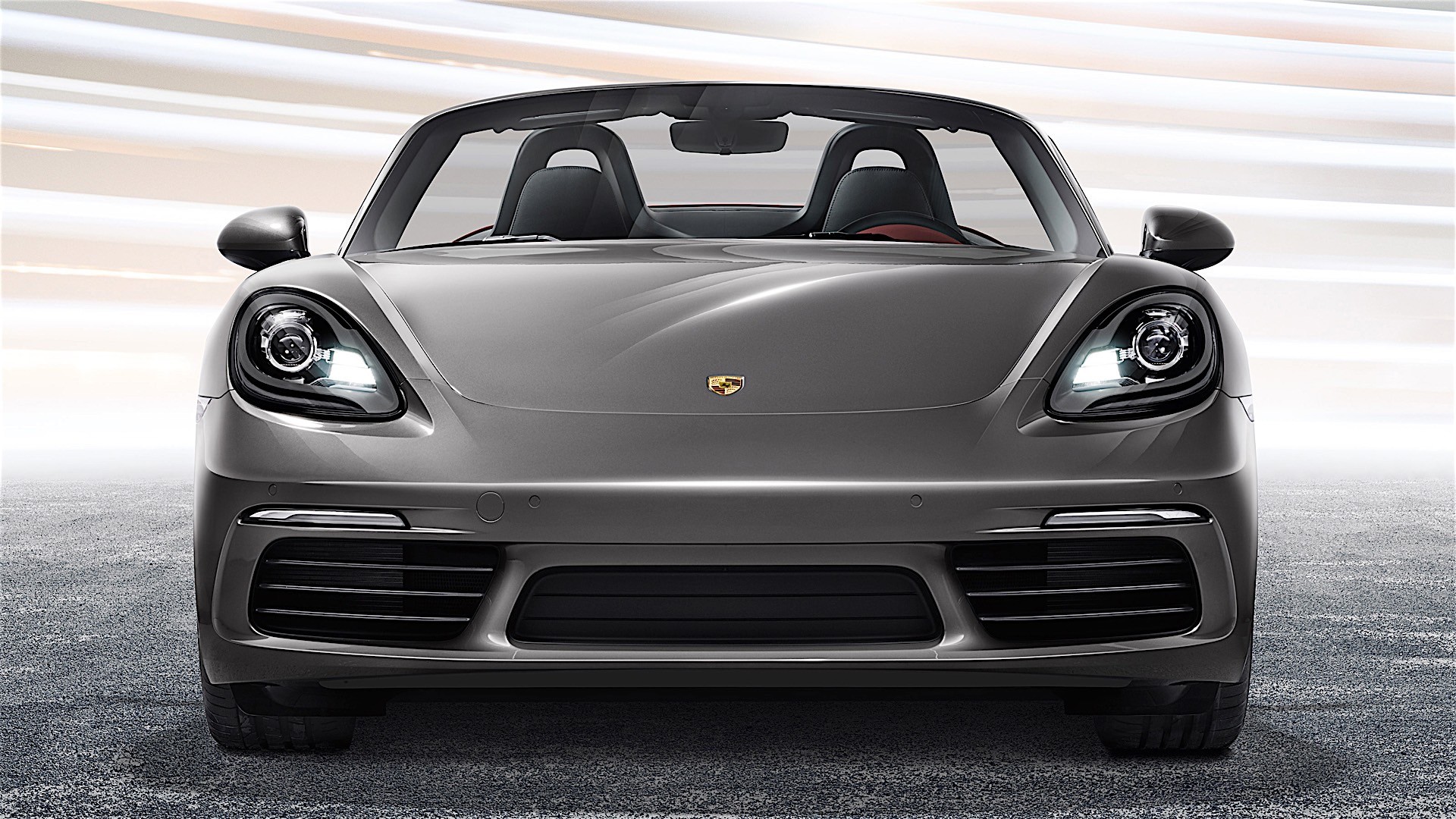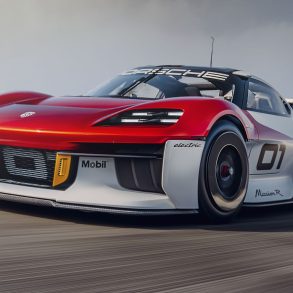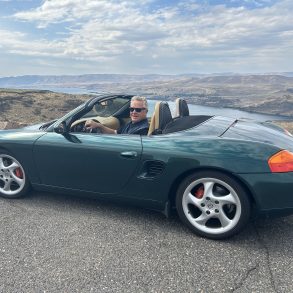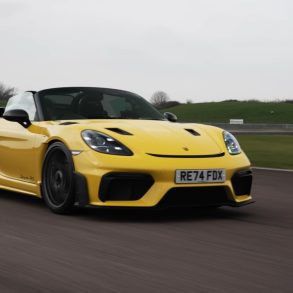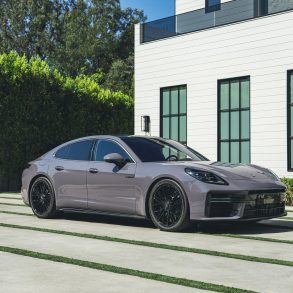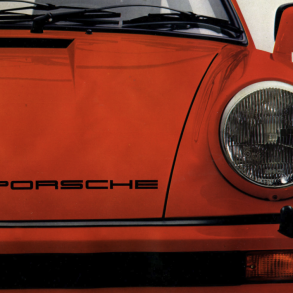Current Porsche 718 Boxster – Ultimate Guide
Following the name of the famous 718 roadster, the 2017 Boxster was introduced two decades after the first generation of the small, mid-engined, Porsche. The new generation took its inspiration from its famous predecessor and some parts looked similar to those found on the 918 Spyder supercar from 2013. The new generation was sleeker and promised to be even better on the tracks and more comfortable on the roads as well.
At the front, the Boxster featured a front fascia, with LED headlights. It featured a lower and wider grille in the apron. On the sides, the air-intakes for the mid-mounted engine were deeper and taller, to allow a better air-flow for the engine. The door-mirrors were supported by two struts. In the back, a trapezoidal exhaust was installed in the middle of the apron. A retractable wing was mounted behind the engine lid.
Inside, the sport seats were covered in Alcantara in the middle and featured the 718 badges embroiled on the headrests. For the infotainment unit, the Boxster featured a PCM (Porsche Communication Management) which could have been paired to a smartphone via Apple CarPlay. There was a way to communicate with an Android device as well, but it didn’t support Android Auto.
The basic Boxster was powered by a twin-turbo 2.0-liter direct-injection gasoline unit. It offered a total output of 300 hp and it was paired as standard with a 6-speed manual, while a 7-speed automatic (PDK – dual-clutch) was on the options list.
Pictures
Press Release
20 years after the first Boxster made its debut, Porsche is restructuring its mid-engine roadsters. The designation for the new generation of models is Porsche 718 Boxster and 718 Boxster S. The two-seat convertibles are now more powerful yet more fuel efficient. With them, Porsche continues the tradition of the four-cylinder flat engines that were used in the Porsche 718 mid-engine sports cars that won numerous races back in the 1950s and 1960s, among them being the legendary Targa Florio and Le Mans.
The centrepiece of the new model series is the newly developed four-cylinder flat engine with turbocharging. The 718 Boxster develops 220 kW (300 hp) of power from two litres of engine displacement, while the 718 Boxster S attains 257 kW (350 hp) from 2.5 litres of displacement. In the S-model, Porsche also uses a turbocharger with variable turbine geometry. In fact Porsche is now the only manufacturer to offer VTG technology in production cars with petrol-driven engines, both in the 911 Turbo and in the 718 Boxster S. Impressive here are the considerable power gain of 26 kW (35 hp) compared to the previous Boxster models and the efficiency of the new turbo engines. The new 718 Boxster models have fuel economy improvements of up to 13 per cent.
The completely new chassis tuning and stronger brakes provide for passionate and sporty driving pleasure. The design of the new model line was also comprehensively advanced. The vehicle was completely revised except for the luggage compartment lids, the windscreen and the convertible top. Inside, a newly designed dash panel frames the cockpit. In addition, the latest generation of Porsche Communication Management (PCM) with a state-of-the-art touchscreen is included as standard. The navigation module is available as an option.
Efficient turbo power from four cylinders
The launch of the new Porsche 718 Boxster generation represents the first time since the late 1960s that Porsche is again implementing sports cars with four-cylinder flat engines. Turbocharging significantly boosts torque. The two-litre engine of the 718 Boxster has a maximum torque of 380 Newton metres (gain of 100 Newton metres), which is available from 1,950 rpm to 4,500 rpm. The 2.5-litre engine of the 718 Boxster S even attains 420 Newton metres (60 Newton metres more) over a speed range from 1,900 rpm to 4,500 rpm.
Thus, the new 718 Boxster models sprint even faster. The 718 Boxster – with PDK and the Sport Chrono Package – sprints from zero to 100 km/h in 4.7 seconds (0.8 seconds faster). The 718 Boxster S with the same equipment completes this discipline in 4.2 seconds (0.6 seconds faster). The top speed of the 718 Boxster is 275 km/h, and the 718 Boxster S has a top speed of 285 km/h.
The Porsche turbo concept is boosting driving performance while improving fuel economy. In the 718 Boxster, the four-cylinder flat engine with PDK has a NEDC fuel consumption figure of 6.9 l/100 km (1.0 l/100 km less). In the 718 Boxster S, the 2.5-litre turbo flat engine with PDK consumes just 7.3 l/100 km (0.9 l/100 km less).
The Porsche 718 models come with a six-speed manual transmission as standard. The Porsche Doppelkupplungsgetriebe (PDK), which now features fuel-saving virtual gears, is available as an option.
New design emphasises sharpened profile
The 718 model line can be made out at first glance. The front end of the new roadster exhibits a much more sculptural form. The front has a wider and more masculine appearance. The much larger cooling air intakes at the front are a distinct exterior expression of the new turbo engine concept. The front end of the 718 Boxster is rounded out by the new design of the bi-xenon headlights with integrated LED daytime running lights. LED headlights with four-point daytime running lights are available as a new option.
From a side view, identifying features of the new model line include new, independently styled wings and side sills. Larger air inlet panels with two fins emphasise the car’s dynamic look. The doors are now designed without door handle recess covers. New 19-inch wheels are standard on the 718 Boxster S. 20-inch diameter wheels are available as an option.
The redesigned rear body of the 718 Boxster has a much wider look – especially due to the accent strip with integrated Porsche badge between the tail lights. The entirely redeveloped tail lights are distinguished by their three-dimensional LED technology and four-point brake lights.
Sportier tuning of chassis for greater agility
In its driving dynamics, the new roadster follows in the tracks of the original 718. The car’s completely retuned chassis enhances cornering performance. The electromechanical steering system is configured to be ten per cent more direct. This makes the 718 Boxster even more agile and easier to steer, both on circuit tracks and in everyday traffic.
Minus ten and minus 20: Porsche Active Suspension Management
Available at extra charge for the roadsters is Porsche Active Suspension Management (PASM) with a ten millimetre lower ride height. For the first time, the PASM sport chassis with a 20 millimetre lower ride height is available as an option for the 718 Boxster S. The active chassis, which has also been retuned, offers an even broader spread between long-distance touring comfort and dynamic sporty stiffness.
Extensive Sport Chrono Package for dynamic driving experience
As in the 911, the optional Sport Chrono Package now comprises the Individual programme in addition to the three settings Normal, Sport and Sport Plus. In sports cars with PDK, the Sport Response Button has been added, which is located at the middle of the driving programme switch. Inspired by car racing, it enables the driver to configure the responsiveness of the engine and the PDK to be very direct.
Interior has new Porsche Communication Management as standard
Awaiting the driver in the cockpit of the 718 Boxster is the familiar Porsche interior environment, now upgraded with new elements such as the instrument panel. Another central element of the new interior layout is the Porsche Communication Management (PCM) unit with mobile phone preparation, audio interfaces and the Sound Package Plus with 110 watts of audio power. The PCM can be extended with optional modules to thoroughly adapt it to personal requirements. For instance, the navigation module with voice control is available, which makes it easy to input driving destinations. In addition, the Connect Plus module is available as an extension of the navigation module; it provides extended online services


